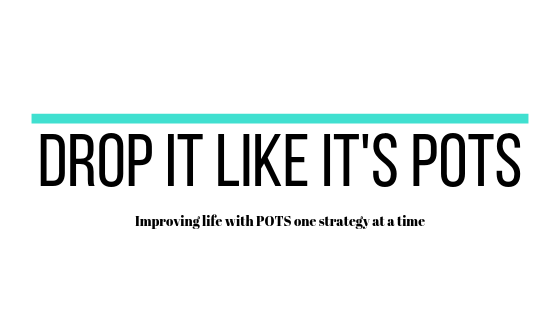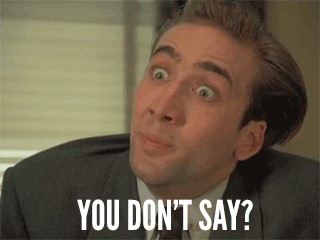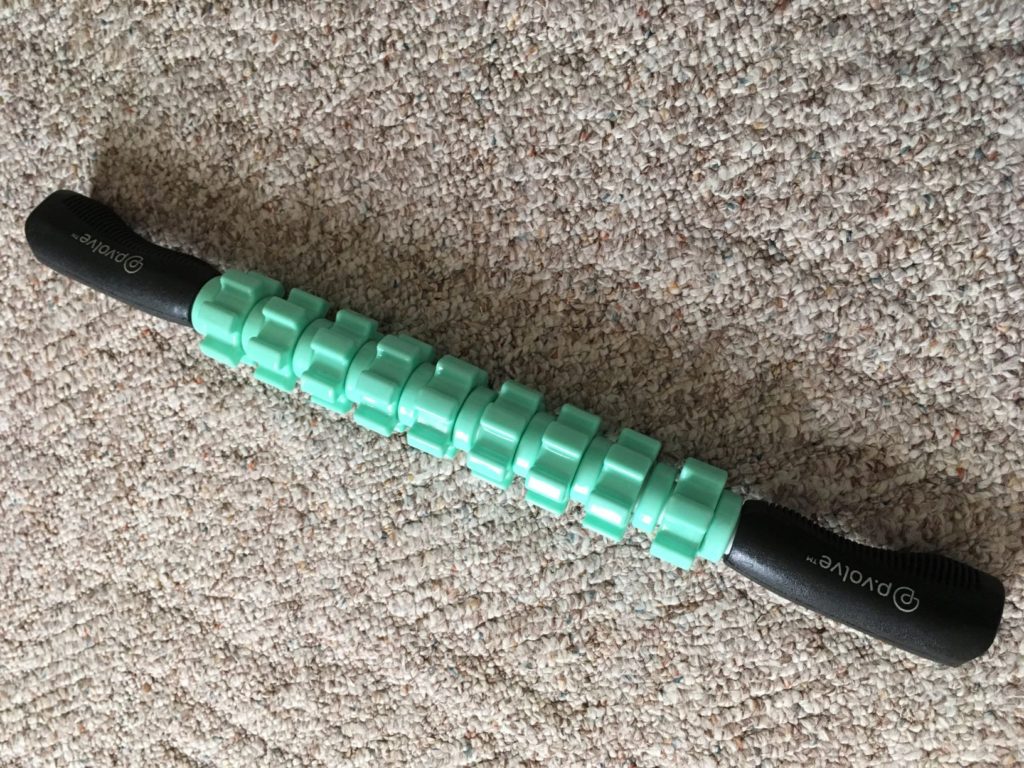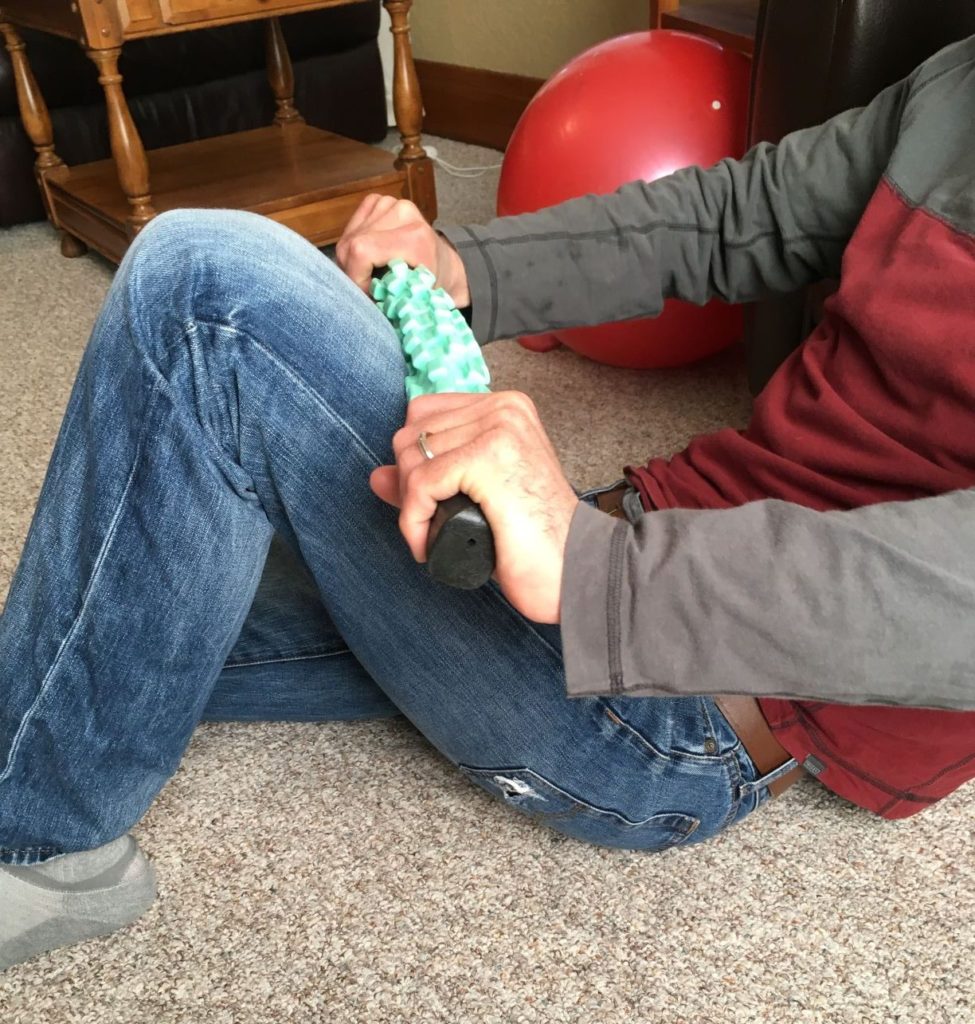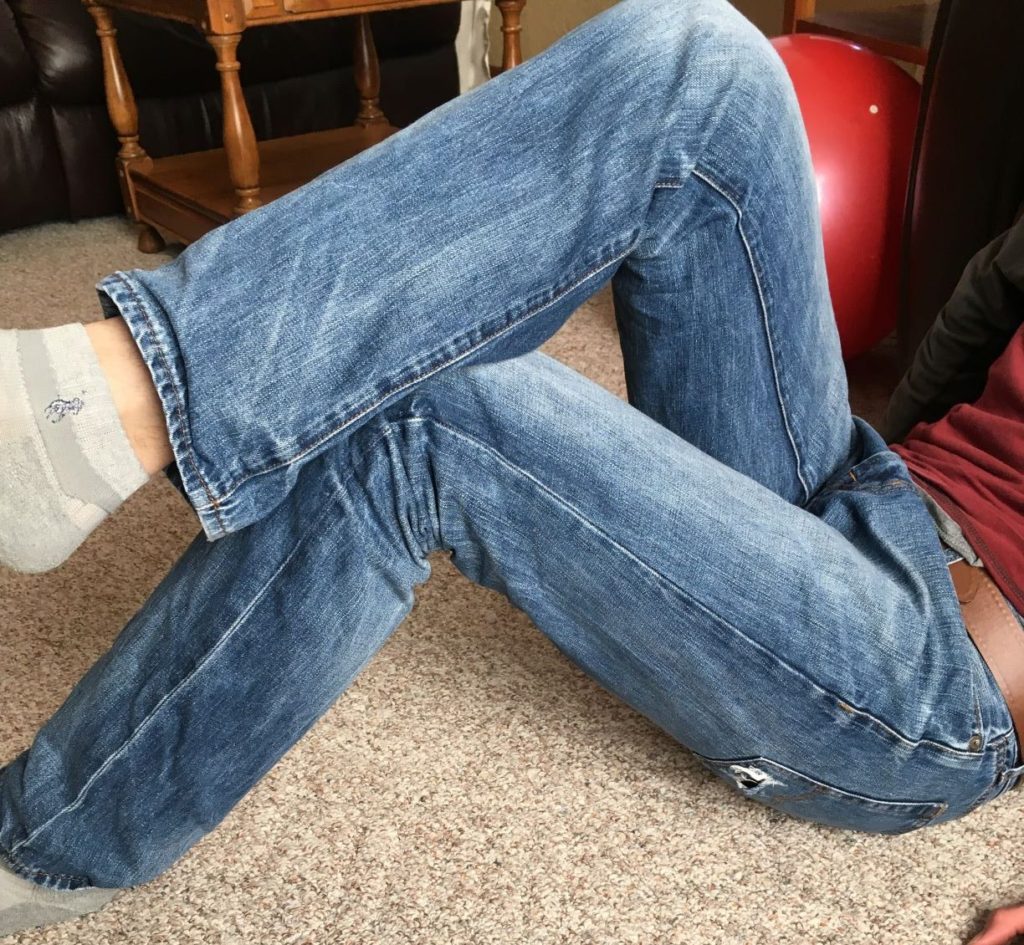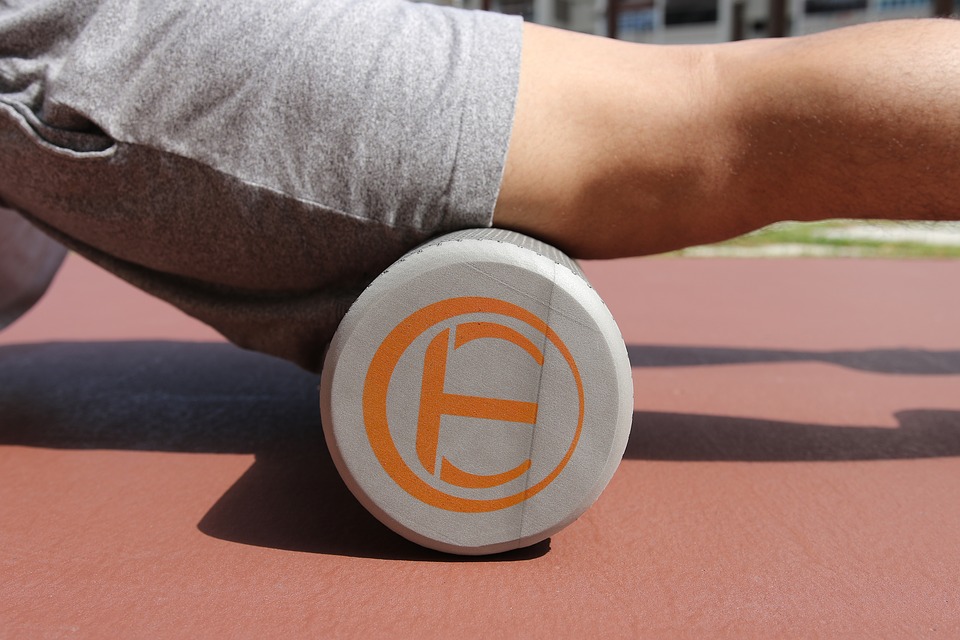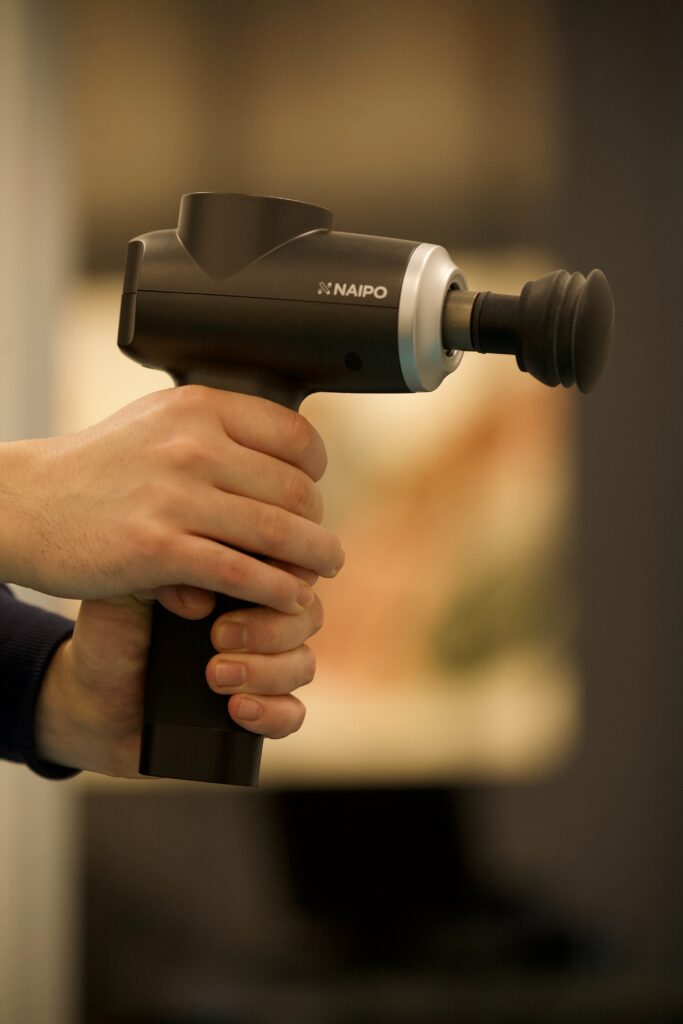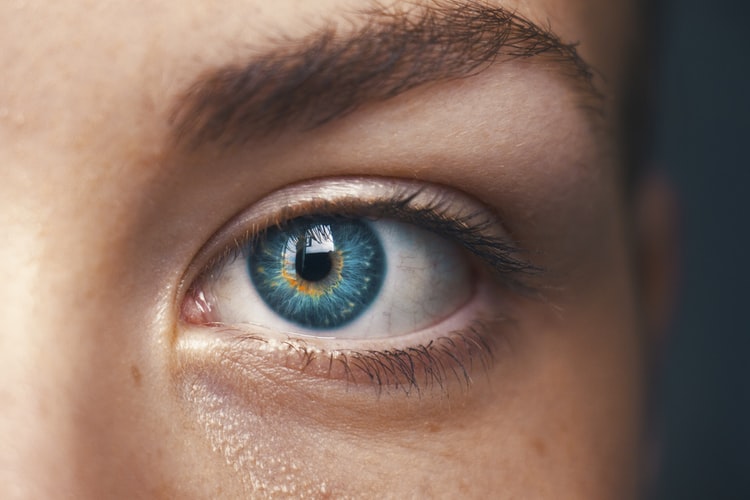Vagus nerve stimulation is a hot topic surrounding chronic illness. A few studies have demonstrated the benefits that vagus nerve stimulation devices have on certain conditions. In this case study, an implanted device (for the purpose of epilepsy) happened to improve a patient’s POTS symptoms. There is also an ongoing study using vagus nerve stimulating devices specifically on POTS patients.
In the clinical setting, vagus stimulation devices may be implanted. This is currently offered for depression and epilepsy. Some clinics are utilizing professional external vagus nerve stimulation devices. There are also commercial external devices available to the masses. The safety and effectiveness of these commercial external devices is less certain. I can see vagus stimulation devices becoming a more widespread and safe treatment in the future. But, for now, I would err on the side of caution and only do it under the supervision of a physician. The good news is that there are ways we can stimulate our vagus nerve safely and device-free.
Why is the vagus nerve relevant?
Part of the etiology of certain subsets of POTS and ME is thought to lie in central sensitization. This is where the nervous system becomes overactive due to some sort of trauma to the body (ex. virus, toxic exposure, accident, etc.). As a result, the nervous system defaults to the sympathetic (“fight or flight”) rather than the parasympathetic (“rest and digest”). Our bodies are not intended to default to sympathetic activity. As a result, many conditions and symptoms arise and/or worsen.
So, then the question comes up, how can we override this and put our bodies in the parasympathetic nervous system? The answer is the vagus nerve. The vagus nerve is the 10th cranial nerve and it runs all the way down through the abdomen. It stimulates parasympathetic nervous system activity.
As our brains become accustomed to more parasympathetic activity, it lays down new neural connections to perpetuate this. This is called neuroplasticity- our brain and nervous system can change over time. So, boosting parasympathetic activity has both short-term and long-term gains.
This is how we do it… (I bet you sang that like Montell Jordan)
- Cold showers– They stimulate our vagus nerve and constricts blood vessels. If you have POTS, this can make a huge difference in how you feel after a shower. We can also initiate the diving reflex by immersing our face in cool water, which provides additional vagus nerve stimulation. During warmer seasons, I finish my showers with cold water and cup the water to my face.
- Deep breathing– You can visit my post on deep breathing to read more about it.
- Psoas release– Tension in the psoas muscle can provide negative feedback to the vagus nerve. The psoas is a commonly tense muscle due to how often we sit as a society. This YouTube video demonstrates the psoas release. I also use this method of release.
- Gut flora– The vagus nerve receives feedback from our gut. For gut health, I eat a whole-food diet and avoid added sugar (not strict).
- Massage– Check out my post on massage therapy.
- Exercise– Exercise can stimulate the vagus nerve. It can also ramp up sympathetic (fight or flight) nervous system activity, so it is something to be cautious with. I follow the Modified Levine Protocol and do P.volve for strength training.
- Socializing and laughing– Socialization can be difficult with chronic illness, but it is worth the effort.
- Meditation– You can check out my post on meditation to learn more. Lately, I have been using the Mindful15 podcast and the Meditation Minis podcast.
- Acupuncture– This is on my radar to try in the future. The vagus nerve can be stimulated through the skin at certain points using acupuncture.
- Sunlight– Exposure to sunlight stimulates the vagus nerve. There are many additional health benefits of spending time outdoors.
Is this a cure?
No, there is still no cure for POTS, ME, and many other chronic illnesses. This is a treatment. However, treatments should not be underestimated as they can be significant to improving quality of life.
Has anyone tried vagus nerve stimulation? How has it worked for you?
Disclaimer: I am not a medical professional. Statements on this site are not meant to be taken as medical advice. These statements reflect my personal experiences having mild-ish post-viral POTS and ME. Due to the wide spectrum of these diseases, comorbidities, and everyone being different, your experiences may be very different than mine.
Note: If you post a comment, this site does NOT have a feature to notify you of responses to your comment. I have not found a good solution for that yet. However, I usually respond to every comment in a timely manner, so be sure to check back.
